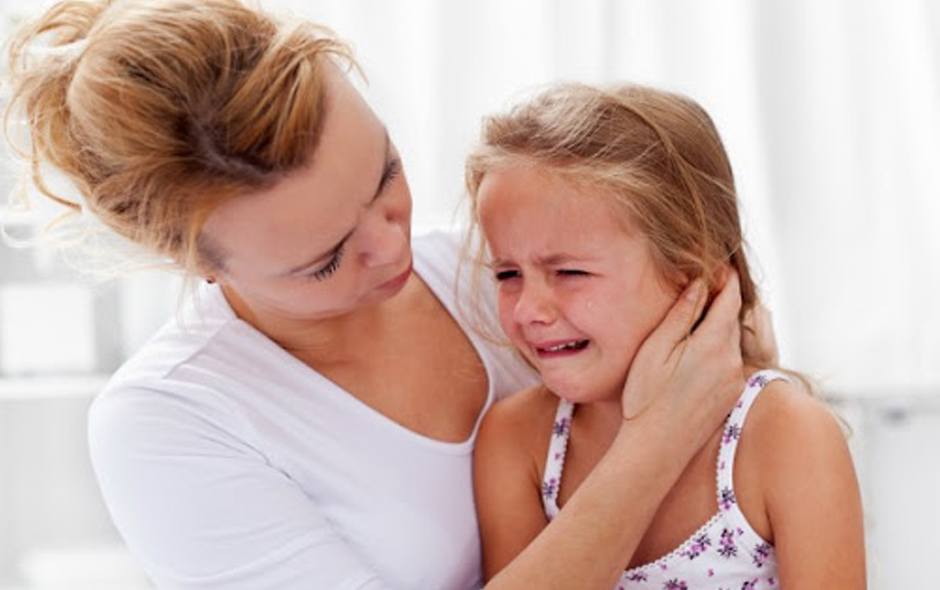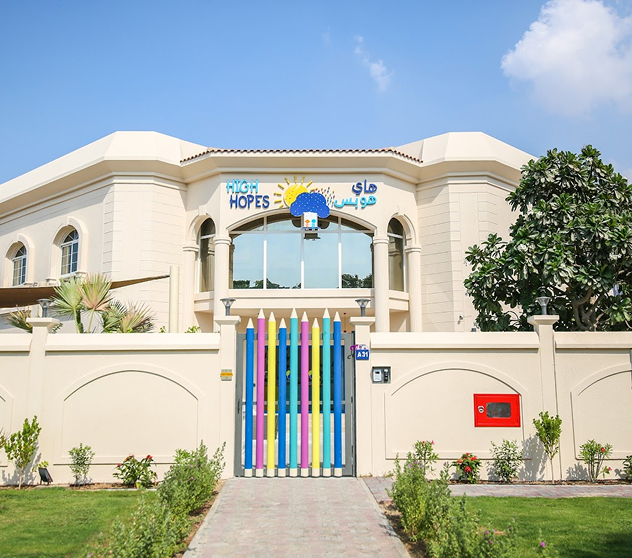When you look up developmental milestones for your child, you might see charts and graphs with lines or circles that intersect, or long lists of specific skills children should be reaching each month. All of it can be overwhelming. As a mom of three young children, I understand how easy it is to worry about your child’s development. When your child does not seem to be developing speech as you expected, it can lead to late night Googling and sleepless nights. I want to answer a few questions I get about communication in children, and how I approach assessment and therapy as a speech-language pathologist in an interdisciplinary practice.
My child says only one word and my niece is the same age and is saying many words, is that normal?
Childhood development is not linear; children can acquire skills in a different order or master skills at different times. To make sense of how MOST children develop, medical professionals have created guidelines and grouped skills together by the age a child should be performing them. When we think of how children truly develop, especially children with complex medical histories, it’s a little bit more complicated. I think of the analogy of building a tower out of blocks. Each new skill is a block, giving support to blocks next to it, and creating a foundation for the blocks above it. As new skills emerge, they are a bit shaky and uncertain, like a brick without mortar. Over time and repetition, that skill becomes stronger. Sometimes, a block might get laid down far away from other blocks—this is a skill that does not seem to depend on other skills. Other times three blocks in a row get built on top of each other all at once—this happens when many skills develop simultaneously. Over time, the skills of crawling might support the skill of talking. They seem unrelated, but they actually help each other. Is one necessary for the other? Not directly, but seemingly separate skills might require the same foundation blocks. When a block is missing or not mastered, it can change the timeline of acquiring skills. Therapy can support this process. This is one of the many reasons I feel I accomplish the best assessments and therapy when I approach it from an interdisciplinary mindset, with the help of a team of fellow professionals specializing in Physiotherapy, Occupational Therapy, Feeding, and Vision.

When should I be concerned?
We know that development isn’t always the same for children, but milestones give us an idea of what should be happening with your child. Around the age of 1, most children have said a word or two. By the age of two, many children are using more than 50 words and are starting to combine those words into phrases like “I want that!” or “Mama, up!”. Between age 2 and age 3, vocabulary and language development continues to expand to many words and phrases.
If you suspect that your child is not following some of these developmental milestones, or has other complex issues that may interfere with speech and language development, it is important to discuss those concerns with your pediatrician. Catching speech and language issues at any age can lead to treatment successes, but it is especially important under the age of three. A great deal of language development happens at this time; we want to create a vocabulary and language-rich environment for children that includes social skills interaction, pretend play, and following directions. Pediatric researchers have realized that monitoring these children for skill development is the best way to determine if they need additional support. This is the framework for Early Intervention, which is therapeutic intervention between ages 0-3.
My child is over the age of 2 and not talking. What’s wrong?
Communication is inherently motivating. This means that interacting with family and other children becomes so exciting for a child that speech and language develops, even for children who develop speech “late” on the timeline. I like to think that these kids have built a wide, stable base to their block tower, instead of focusing on building straight up. Instead of building a big vocabulary, these children might be mastering motor skills like standing or walking.
However, If a child shows little interest in communication, this is important information for your pediatrician and therapist. One important skill is how your child communicates “No”, or tells you that they do not like something. Usually children develop this behavior between ages 2-3. If a child is not using speech for refusal or frustration, are they yelling or crying instead? Are they saying words, but the words are hard to understand? These are important pieces of information that your speech-language pathologist can discuss with you. There are many reasons for speech and/or language delay, and the most direct way to determine the cause is to see a qualified professional.
What will a speech-language pathologist do in our first session?
Usually, there will be some forms to fill out and a request for medical records. This crucial information improves the therapist understanding of your child’s unique path of development and helps guide the direction of assessment and therapy. The therapist will likely ask about a hearing test and a vision test, as these sensory systems sometimes impact speech and language development. The main goal of the first session of therapy is address parent concerns.
What is AAC and who needs it?
Augmentative and Alternative Communication (AAC) approaches are all forms of communication that are alternatives to speech. This can look like sign language or Makaton, or picture symbols, depending on the child’s needs. You have probably seen some children using iPads to talk using different AAC apps, which “speak” with a synthesized or recorded voice when the child touches a picture. Some children and adults use keyboards and voice output, and others prefer to use “low-tech” methods like a communication book with words or symbols. AAC methods vary widely. A qualified AAC therapist should get to know your child’s unique communication needs and adapt tools that work for your family.
How do I know if my child needs AAC?
We now know that the earlier we introduce AAC, the better the outcome. From a child’s perspective, it allows them to access language and decrease frustration.
AAC can seem scary because it can feel like you are giving up on having your child use speech. Through research, we know that AAC helps with developing speech and language, it does not stop the development of speaking (Miller, et. al., 2006). AAC is the back-up plan if speech does not develop, or if a child’s speech needs support. Further, when a child does not use expressive language, it becomes a missing building block of development that can create an obstacle to future language skills. In other words, AAC can help create a foundation of language that has the potential to lead to not only improved communication, but also literacy and social interaction.
There are some children who will not be able to use speech as their primary form of communication for a variety of reasons. Some of the complex conditions I see as an AAC consultant include:
- Cerebral Palsy
- Rett Syndrome
- Global developmental delay
- Autism Spectrum Disorder
- Severe apraxia of speech
- Deaf-blindness
How do you find the right communication system?
This takes time. It is important to get to know your child, what motivates them, and how they will best communicate. These are decisions that take multiple sessions and trials with different types of tools and vocabularies. At High Hopes, I like to think of each communication system or plan as custom. It is considered best practice to work from the child first and consider family needs. AAC systems will change and evolve over time. Every year there are new apps and new devices, but the most important thing is tracking a child’s evolving communication needs.
At High Hopes, we have access to a variety of tools and systems including low-tech options, tablets and apps, and dedicated speech devices. For children with mobility challenges, physical access to a device can be the principle concern; we can work with a variety of switches, mounts, or eye gaze technology.
If my child gets AAC, will she be able to communicate?
The goal of AAC is to help your child communicate. When working with young children, this often means a lot of language learning. If we are using a complex access method, like eye gaze, this takes time to explore and master. AAC is not an overnight fix-all, it is a therapeutic process that requires families to be involved.
Starting down the path of therapy can seem daunting, but with the right therapy team in place, we can celebrate the communication milestones unique to your child.
I have more questions, what should I do?
If you have any questions about communication, please feel free to email me at agraves@highhopesdubai.com.




